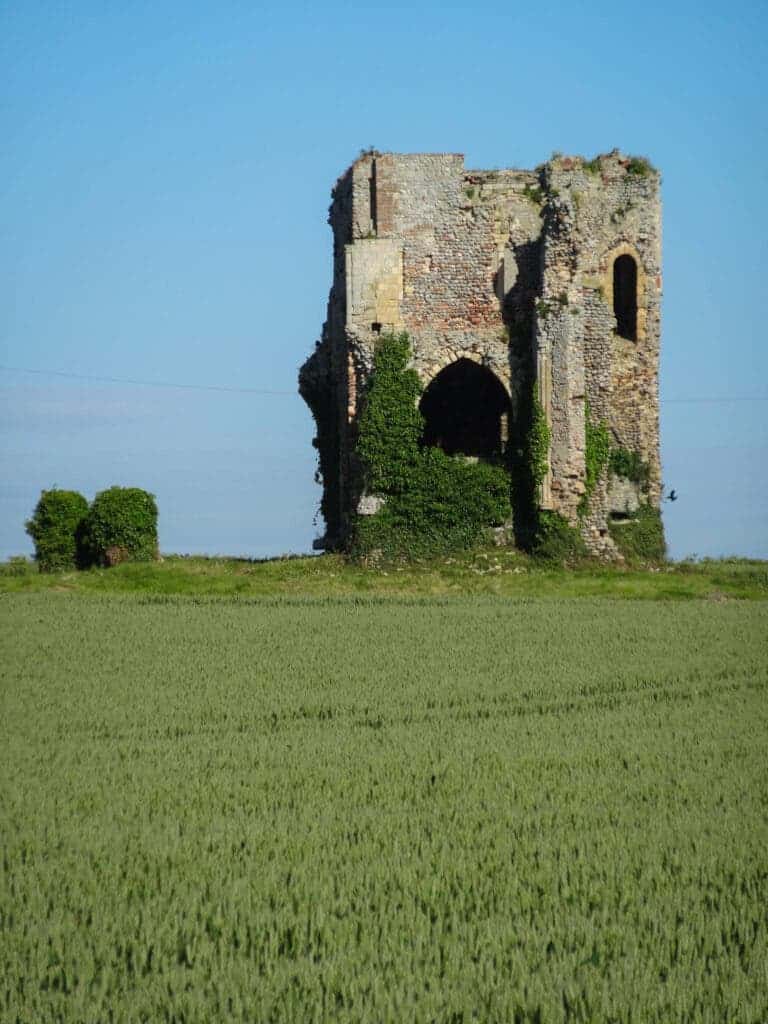Henry VIII of England famously broke the Church of England away from the authority of the Pope and the Roman Catholic Church, setting a chain of events that would mark Britain (and parts of Europe) for centuries to come. Now, an analysis of an ancient manuscript shows how people prayed at the time, and how pilgrimage around a wooden artifact in England took place.

A medieval soap opera — with major consequences
In 1527, Henry VIII really wanted a divorce — or rather, an annulment. His wife at the time, Catherine of Aragon, had not given birth to a living son, which Henry saw as a threat to his dynasty. Henry claimed that this lack of a male heir was because his marriage was “blighted in the eyes of God” and went to Pope Clement VII to ask him to annul his marriage.
The Pope refused. In part, this was because according to canon law at the time, he couldn’t grant an annulment like that. But it also didn’t help Henry’s cause that earlier the same year, the Pope had been taken hostage by Catherine’s nephew, Holy Roman Emperor Charles V, whose troops had sacked Rome.
It was a political dispute more than a religious one, but it quickly escalated. Bit by bit, Henry tore Britain from under the influence of the Pope and cemented his own power, until, in 1532, he demanded that the church renounce all authority to make laws. The process was called “Reformation”. Soon after that, Henry also dissolved all monasteries and priories and confiscated all their wealth to fill his own coffers.
Among these was also Bromholm Priory. The priory was an important pilgrimage site in Britain because it was said to hold a wooden piece of the cross upon which Jesus was crucified. This artifact was called ‘Rood of Bromholm’, and it’s featured prominently on the manuscript.

“In particular,” art historian and study author Gail Turner states, “the study demonstrates Christian devotion in medieval England.
“It gives insight into the devotional rituals connected to a large crucifix (‘Rood’) at Bromholm Priory, in Norfolk, and uncovers a direct link between this 16th-century artifact and a famous religious relic once associated among Christians with miracles.”
Faith, five centuries ago
The manuscript is now in private ownership and has never before been analyzed extensively or published in full. A reference to a local bishop helped Turner date it to between 1505 and 1535, and Turner believes the manuscript (which was made from two pieces of vellum stitched together) was originally owned by a prosperous pilgrim. Few artifacts of this type survive to this day. This one is 13 cm wide, by a meter long.

In addition to being so rare, the manuscript is valuable for another reason: it shows us how people at the time viewed the Christian faith.
“The roll reflects a time when the laity (non-clergy) had a real belief in both visible and invisible enemies,” says Turner, who has worked at Tate Britain, the Arts Council, and as a consultant for Christie’s and at the Courtauld.
“For their owners, prayer rolls…were prized as very personal inspirations to prayer, although during the Reformation and after they were commonly undervalued and dismissed. The survival of such a magnificent roll for over 500 years is therefore remarkable.”
It also shows how worshippers conducted pilgrimages at the time. Worshippers apparently touched or kissed images of Jesus on the cross ”to experience Christ’s Passion more directly and powerfully”, says Turner. This type of mark is also visible on the manuscript, presumably as the owner prayed to it. Similar marks were also identified on other rolls.
After the Bromholm Priory was abandoned, the trail of the Rood of Bromholm was lost. A 1537 letter says that it went to London, but after that, there are no more clues. Turner assumes it was ‘destroyed in London with many other relics, although its fate remains uncertain’.
The study was published in the Journal of the British Archaeological Association.


